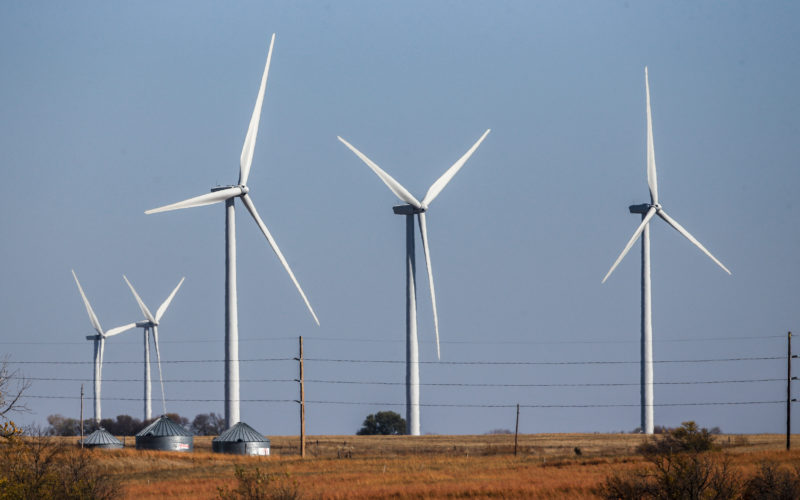Individuals find tiny ways to make energy
AMANDA BANCROFT
Making Ripples
Not just for off-grid houses, hand-held renewable energy generators are popular with students walking around campus, backpackers, residents in hurricane zones, and anyone who wants to divert a small portion of their electricity consumption away from the electrical grid and toward more sustainable options. There are now a number of products, both in development and fresh on the market, that charge devices using renewable energy. A future column will tackle the solar subspecies of these; for now, let’s focus on wind and water turbines.
Global Wind Day was June 15 (globalwindday.org) and in case you didn’t hear about it, this is an annual reminder to learn more about wind power. Investing in wind energy isn’t appropriate for every location, and carrying around a gigantic wind turbine is hilariously unfeasible. But these tiny turbines blow away their larger competition when it comes to powering or charging small devices on the go.
A word of warning to those wooed by wonder gadgets — when investing in products which are not yet widely available for sale, be careful not to become the backer of something like the Trinity Portable Wind Turbine Power Station. Its Kickstarter was beyond funded at over $75,000 in 2014, but supporters are still trying to get refunds in 2019 after the company failed to distribute the promised turbines.
Waterlily, another portable turbine option, can harness the power of wind and water during the day and night, making it a versatile option for hikers and campers in various terrain. It’s also a good fit for emergency scenarios like tornadoes or floods, when sun isn’t available and you may have access to either water or wind but not both. The Canadian manufacturer claims that its rated output is 15 watts, but “WaterLily can generate up to 360 watt hours of power in a day.” Waterlily weighs less than three pounds, is small enough to carry in a backpack, and retails at $150 for USB devices or $190 for 12 volt devices. The company is developing a bike mount to capture wind while bicycling and a tow cable to utilize the water current while kayaking or canoeing.
The Pacific Sky Wind Turbine Generator works in the wind and water too, and is advertised as “more compact, lighter weight, lower cost, and made with robust materials.” It’s designed to charge batteries, phones, tablets and so on, but generates only 15 watts maximum, and the blades are 15 inches long. Some people have enjoyed using multiple turbines for a DIY home turbine project, and at $50 on Amazon, it’s not a bad price to experiment with renewable energy in your location.
You’ll need to investigate for yourself if one of these new tools is right for your situation, and the best way to learn is probably to just try them out. Check first to ensure that the product has good reviews and that the company offers a return policy for duds or unsatisfied customers. If you test one, let me know how it goes! MakeSomeRipples@Gmail.com
Amanda Bancroft is a writer, artist, and naturalist living in an off-grid tiny house on Kessler Mountain. She and her husband Ryan blog about their adventures and offer tips to those wanting to make a difference at www.RipplesBlog.org.










